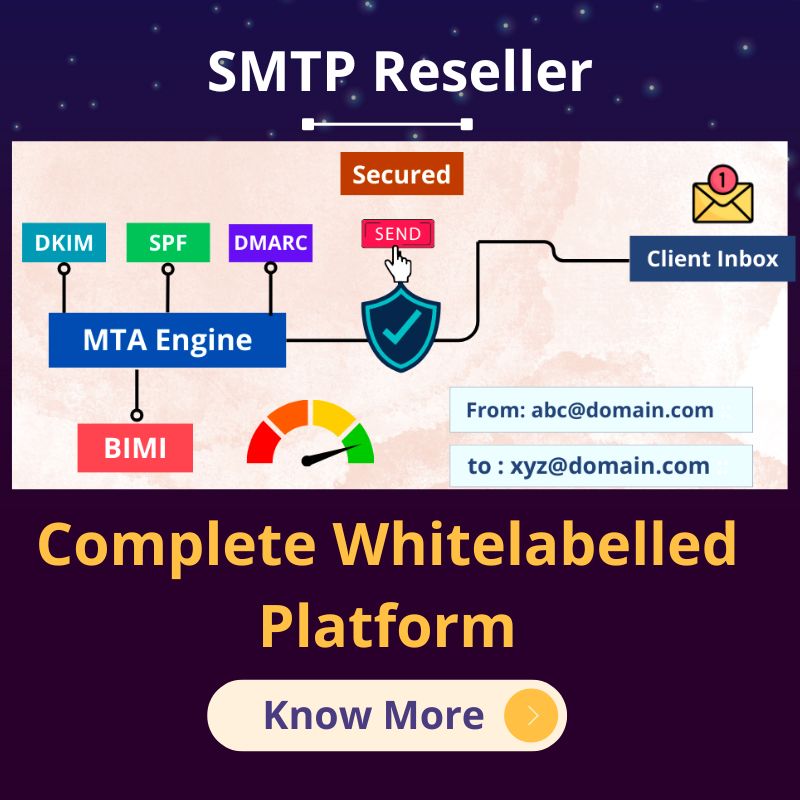Check DNS-based blacklists (DNSBLs) and reject email from any domains or IPs listed on them. Check Spam URI Realtime Blocklists (SURBL), and reject any messages containing invalid or malicious links. Also, maintain a local blacklist and block any IP addresses that specifically target you. Employ outbound filtering and use CAPTCHA with your web forms.
Securing SMTP Server – The security of your mailing infrastructure is closely tied to your sender’s reputation and is a building block for establishing long-lasting relationships with your customers. If you hack and spam land in your customers’ inboxes, there are several risks:
- Spam creates a lot of complaints against your domain and IP address.
- Spam will reduce customer engagement with your legitimate email.
- Both the customer and the mailbox provider (MBP) can block your mail.
- Spam will be sent to random email addresses to malicious actors that are not your customers, which typically include a high number of spam traps.

Some suggestions for securing an SMTP server or mail server are:
Encryption – Securing SMTP Server
While securing your mail server, make sure that you are using a secure connection. Encrypt POP3 and IMAP authentication and use SSL and TLS.
Mail relay configuration – Securing SMTP Server
Avoid having an open relay for spammers by specifying which domains / IPs your SMTP server will relay mail to.
Connections and default settings – Securing SMTP Server
To avoid DOS attacks, limit the number of connections and authentication errors your system accepts. Remove unnecessary server functionality by disabling any unnecessary default settings. Keep a dedicated mail server and transfer other services such as FTP to another server. So keep the maximum connection with you to your SMTP server.
Access Control – Securing SMTP Server
To protect your SMTP server from unauthorized access, implement authentication and access control. For example, SMTP authentication requires users to supply a username and password to be able to send mail to the server. So make sure that access to your server is need-based and can be shared with some people.
Abuse prevention – Securing SMTP Server
For more related information, check out the details migomail and telcob.



